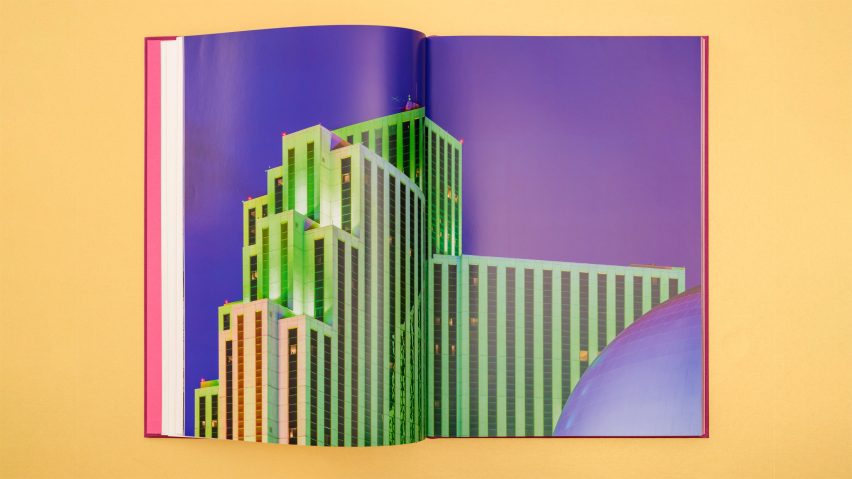
Eight Alastair Philip Wiper photographs that turn architecture into fantasy
British photographer Alastair Philip Wiper talks Dezeen through eight images from his latest book, Building Stories, including a spooky skiing resort, nuclear missile control centre and Steve Jobs' childhood home.
Published by the Danish Architectural Press, Building Stories is filled with photographs that contrast with typical architecture imagery.
Wiper's aim is to "bring viewers into a fantasy world where their interpretation of the buildings escapes reality".
"My photography is not about how people interact with architecture, how it blends with the landscape, or how the architect wanted it to look. It's about stories and fantasies," the Copenhagen-based photographer told Dezeen.
"I want people to make up their own stories"
As the follow-up to Unintended Beauty, a book that focused on industrial buildings such as factories and power stations, Building Stories features a far more diverse mix of buildings.
Famous works of architecture sit alongside forgotten or ubiquitous structures and spaces.
"I want people to make up their own stories," Wiper said.
"The pictures might seem completely random – there are nuclear bunkers, car parks and a dead Albanian dictator's toilet – but I've thought carefully about the order. I hope people will wonder what they have to do with each other."
In a Dezeen exclusive, Wiper reveals the thinking behind eight key photos:
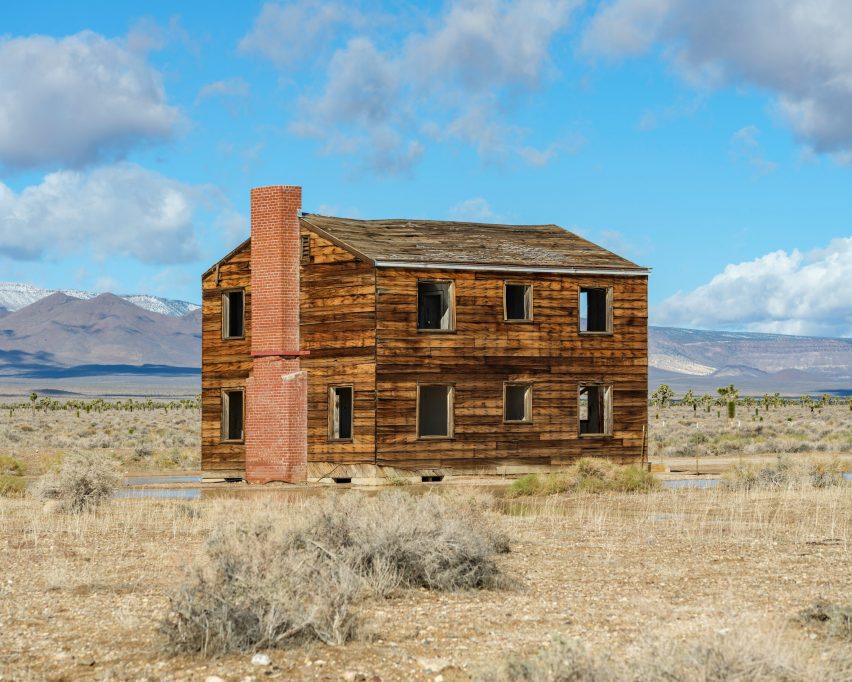
"Apple-2" House used in Atomic Bomb Test at the Nevada National Security Site, Nevada, USA
"This is an iconic building in the nuclear world," said Wiper.
"Meant to represent an average American house, it is one of the buildings used to test atomic bombs in the 1950s. Now it is a national landmark," he continued.
"It could be just a ruined house in the middle of nowhere, yet it is so much more – it represents the atomic age."
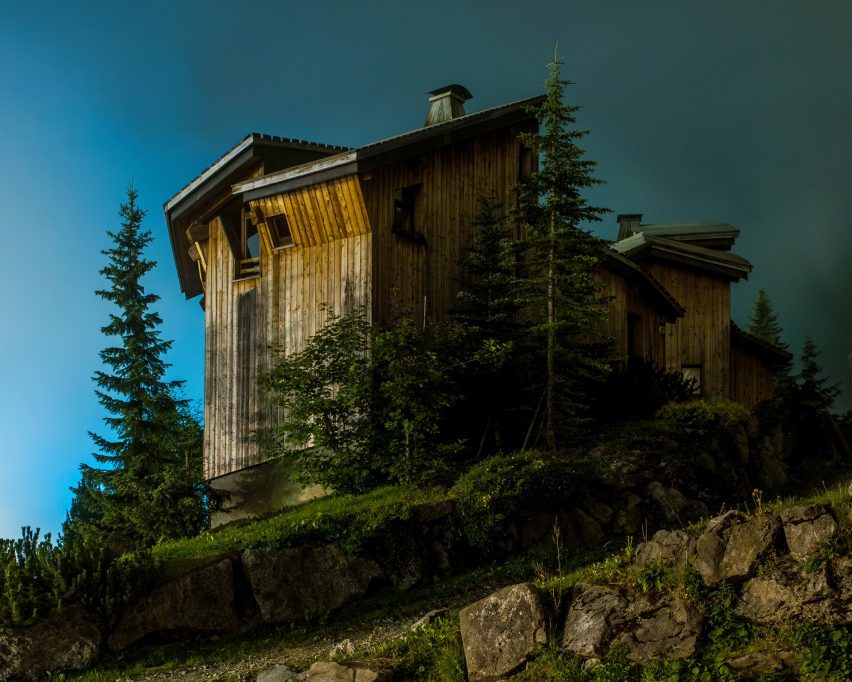
Chalet l'Ours II, Avoriaz, France
"I lived in this skiing resort when I was in my early 20s and was fascinated by the architecture," said Wiper.
"The buildings reminded me of an old horror film from the 1930s. I decided to capture the buildings in the way I saw them in my imagination and emphasise their spooky, cinematic nature."
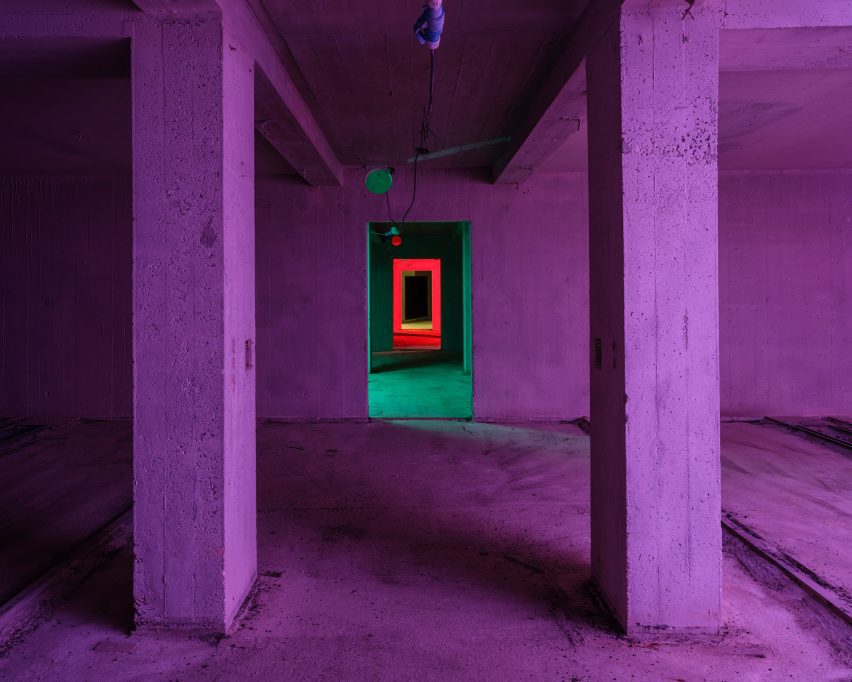
The Danish National Archives (Landsarkivet), Copenhagen, Denmark
"The space used to contain the National Archives of Denmark but has now been stripped for redevelopment into apartments and shops," Wiper said.
"There was so much atmosphere but it was totally dark. I wanted to elevate it, rather than make it look like ruin porn, so I worked with lights and coloured gels. It was like having a playground to myself."
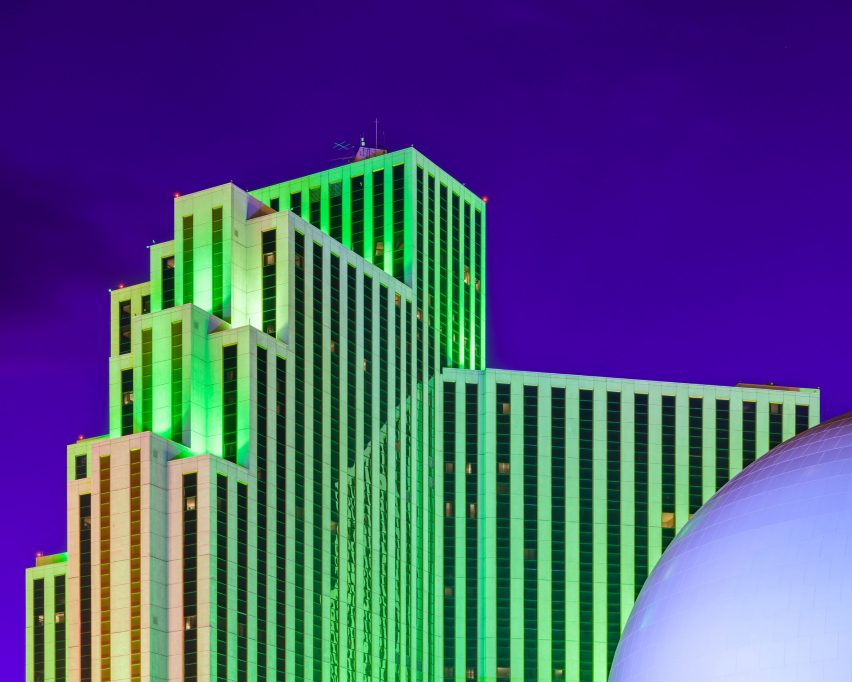
Silver Legacy Resort Casino, Reno, Nevada, USA
"Because Reno isn't as obvious as Vegas, that made it more interesting for me to photograph," Wiper said.
"The hotel where I stayed didn't look that interesting by day, but at night they lit it up with this garish green light. By capturing it when the sun had just gone down, I could bring out the purple colours in the sky and create this contrast."
"I found it really futuristic in a retro way, like what people in the 60s thought buildings on the moon would look like in 100 years' time."
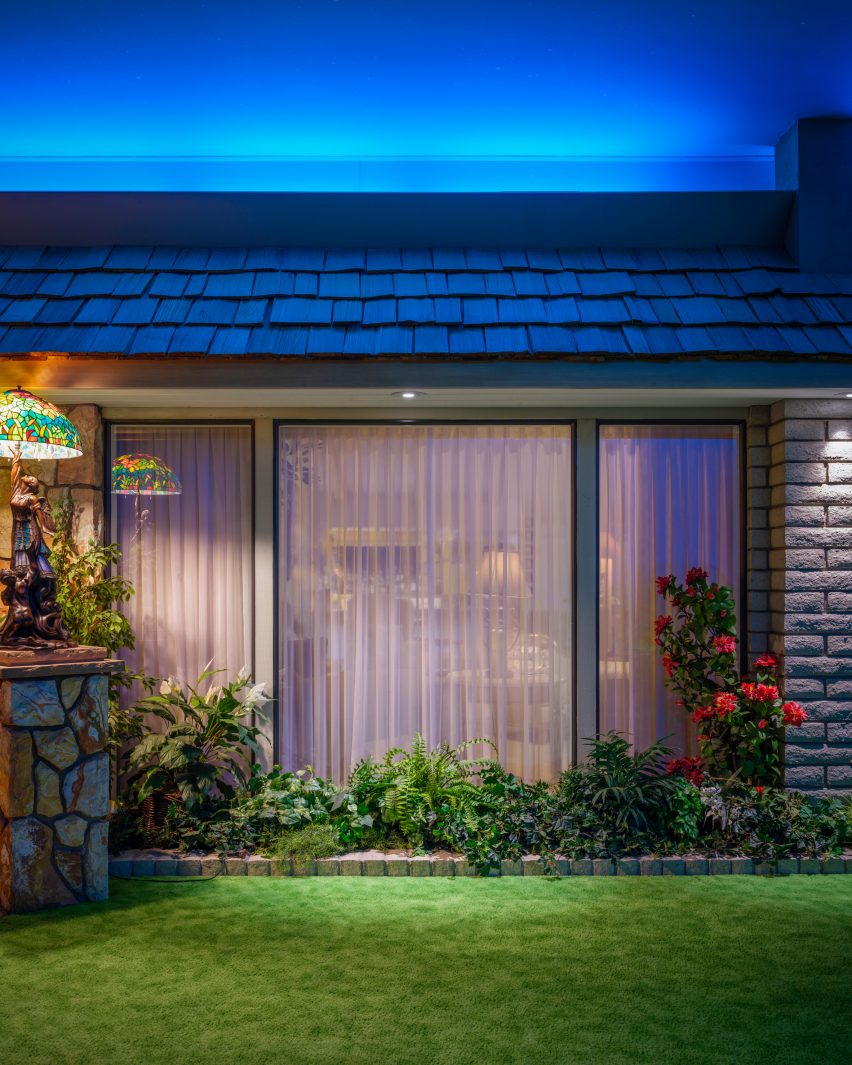
Underground Nuclear Fallout Shelter, Las Vegas, Nevada, USA
"This is a bunker built by an eccentric billionaire called Jerry Hendersen, a proponent of living underground full-time," Wiper explained.
"It is built like a real house, but it's underground and it's massive. Jerry lived here for five years with his wife Mary until he died in the early 80s. About 10 years ago, it was bought by an organisation called The Church of Perpetual Life, which promotes cryonic preservation."
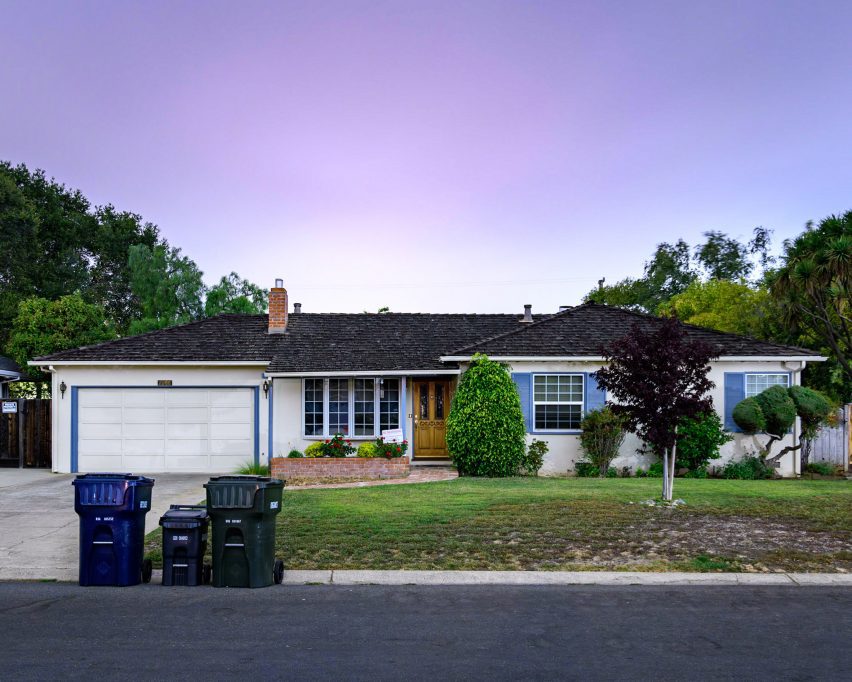
Steve Jobs' Childhood Home, Los Altos, California, USA
"In 1976, together with Steve Wozniak, Steve Jobs built the first 50 Apple 1 computers in this Silicon Valley garage," Wiper explained.
"I was interested in the contrast between this very normal suburban house and what Apple grew into. The house is on a completely normal street; you would never know that there was something special about it if it wasn't for the signs saying 'no trespassing'."
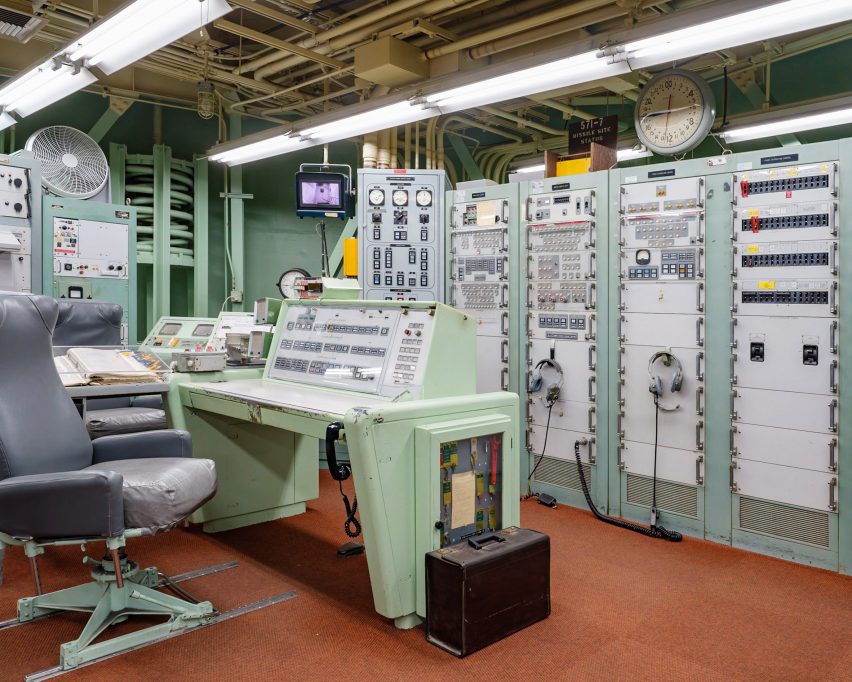
Launch Control Centre of Titan II Nuclear Missile, Arizona, USA, 2022
"This decommissioned silo, complete with a disarmed intercontinental ballistic missile, is where World War Three could have started," said Wiper.
"The Titan II nuclear intercontinental ballistic missile carried the most powerful nuclear warhead ever built by the United States. At nine megatons, it was about 600 times more powerful than the bomb dropped on Hiroshima."
"It was crazy to think that, if the two people sitting here had received an order with some codes, it would have meant the end of the world as they knew it."
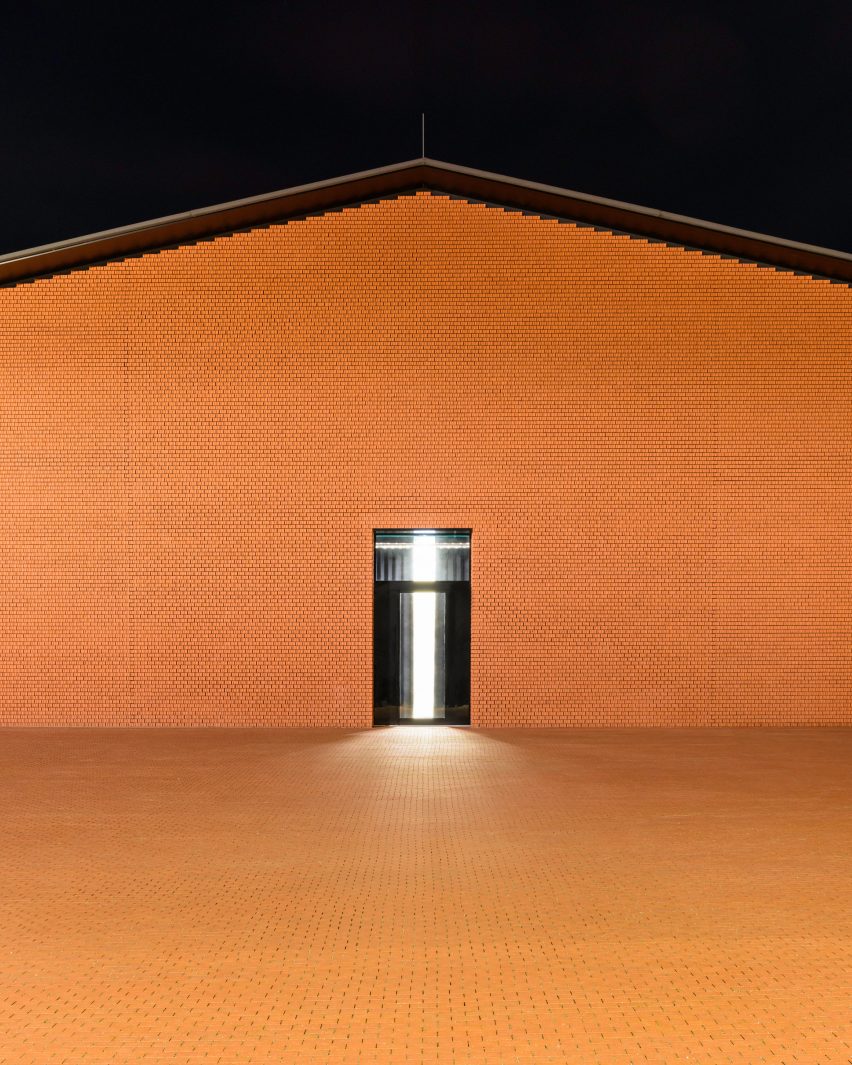
Vitra Schaudepot, Weil am Rhein, Germany
"This building by Herzog & de Meuron is one of the best-known works of architecture in the book," said Wiper.
"I wanted to give it another twist, an element of the unknown. What is this weird brick building? What is going on behind the door? Is the black sky real?"
"The idea was to remove it from its context so that the viewer has more questions than answers."